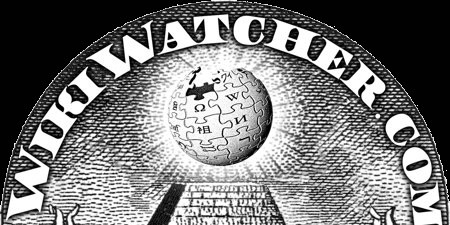
Wikiwatcher has just officially released their new tools. We covered their announcement at The Last HOPE just last month. The 2.0 version of Wikiscanner is not ready just yet.
Poor Man’s Checkuser exposes the IPs of quite a few user accounts. There is a wealth of data here which can be used as a base for your own tools. Potential Sockpuppetry is a good example of using this data; it shows what IPs are associated with multiple accounts and could be run by the same person. It takes data from the Poor Man’s Checkuser and arranges it by organization and IP range. Beaver Scope keeps an eye on edits coming out of all specific locations on MIT campus. The author used this list of MIT IPs to monitor MIT’s activity during the Caltech-MIT pranking season. It is able to pinpoint exactly which building an article is being edited from. The team hopes to see people develop new tools from the Poor Man’s Checkuser data.











